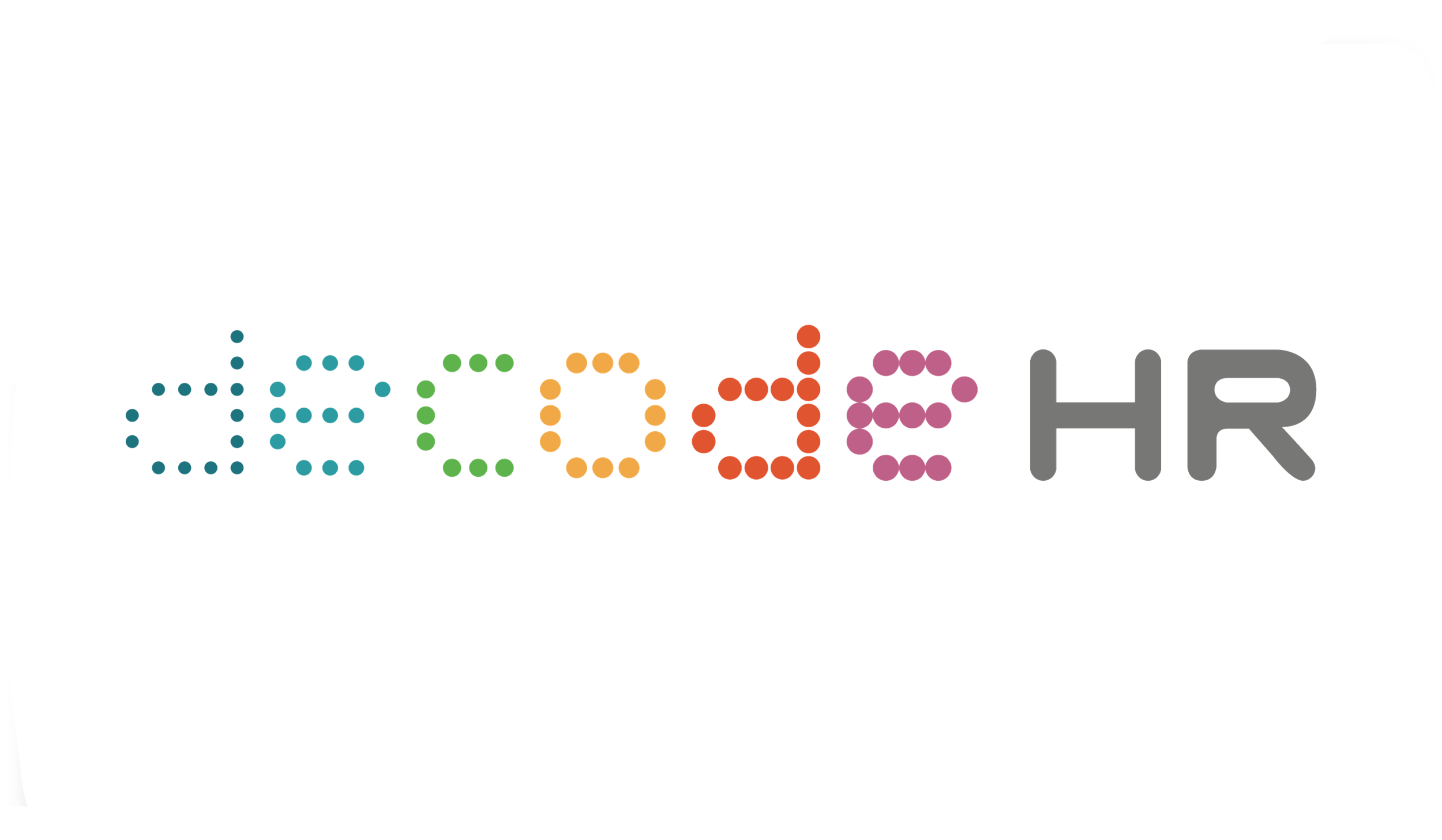Dealing with Gender Bias in the Workplace
Reading time: 4 mins
Gender bias creates unfair assessments and discourages women from pursuing certain careers. This hurts business.
Photo: Canva
Doctors, regardless of their gender, judge female surgeons more harshly in the event of a patient's death. But when operations are successful, they tend to view male surgeons’ abilities more positively, leading to more referrals to male surgeons [1].
Gender bias is real. Perhaps this explains why only 20% of Singapore's science, technology, engineering, and mathematics (STEM) workforce are women [2]. That figure was 27% in the US in 2019 [3].
Women do not differ from men in mathematical ability, productivity, and performance [4; 5]. A meta-analysis also indicates that there isn't much difference in leadership effectiveness between male and female leaders [6].
Yet inequity persists. Women in general are underrepresented in finance and STEM fields and earn less than men. In Singapore, the majority of undergraduates in STEM disciplines are female. But as they advance the academic ladder, the share of women drastically diminishes (see graph below). Why is that the case?
Science of gender bias and stereotyping
To understand the inequity, we must look at the root of the problem: (1) the human nature of using heuristics – mental shortcuts – to form impressions about people and (2) gender stereotypes. Gender stereotypes are generalisations about the traits of men and women. Gender bias, then, is to make decisions based on those stereotypes.
Categorisation by gender has always been an easy way to form groups: boys versus girls, men versus women. We see this separation everywhere in our society, from girls' schools to sports at the highest level.
Men are seen as rational, competitive, and achievement-oriented. In contrast, women are often seen as relation-oriented, collaborative and emotional [7]. These beliefs are deep-rooted in our society and surface automatically, which is why it can be challenging to counter gender bias.
These stereotypes establish expectations of how women and men should conduct themselves and the capabilities they possess. These expectations are so strong that people tend to remember information consistent with their expectations. Information inconsistent with expectations tends to be forgotten or not even noticed and viewed as a coincidence. That makes it harder for women to get promoted, despite their hard work and good results [8].
Photo: Canva
Impact of gender bias
Environmental cues can make women feel discriminated against, making them want to withdraw from those stereotypic work environments.
Women who reach top positions are often assertive, which is usually regarded as a masculine trait. But men and women will likely describe them as 'cold' or 'power-hungry' due to the mismatch of gender-role expectations, also referred to as 'backlash' [9].
Fear of such ‘backlash’ can discourage women from pursuing a career in STEM fields where significant gender gaps persist and a strong masculine culture dominates [10]. There are few female role models in those fields, which is not encouraging either [11]. When the workplace consists mostly of men, the gender difference is salient, making women feel out of place [12]. As time passes, women will most likely seek a job in another company or different industry, where they feel like they belong [13].
Photo: Canva
How to minimise gender bias
Ensure a fair recruitment and selection process
Create equal opportunities for promotion
Increase accountability of performance evaluations for objectivity
Make women feel welcome by fostering diversity and having female role models
Fair recruitment
Research shows that women anticipate a lower sense of belonging in the work environment and are less motivated to apply for jobs that use gender-exclusive language in their descriptions [14]. It can spur the thought: "why even bother to apply?". The same is true when the interviewer communicates in gender-exclusive language. Women get visibly uncomfortable and lose motivation to pursue that job. The worst part is that it reinforces the stereotype that women are unfit for the role when they opt out. To avoid this, use gender-neutral language in job descriptions. Also, use a standardised recruitment procedure and be aware of the influence of gender stereotypes.
Equal promotion opportunities
Expectation-consistent behaviour is likely to be more readily recalled during performance evaluations. So when a new role requires strong analytical thinking, for example, the evaluator rates women as less qualified for that job. It is known as the Lack of Fit problem: when 'male' attributes are needed, women tend to stand a low chance of getting the position [15]. An experiment showed that when two candidates shared the exact same credentials and experience, the male candidate received a higher evaluation and a higher salary offer than the female candidate [16]. The best way of tackling this bias is by adhering to a merit-based and standardised assessment. Hold evaluators accountable to encourage objectivity.
Photo: Canva
Increase accountability
A proven way to foster impartiality is by holding evaluators accountable. Evidence shows that evaluators act more fairly when held accountable. The thought of needing to explain and justify their evaluations made them more attentive when observing performance or motivated them to take more extensive notes when gathering information, thereby increasing objectivity and accuracy [17].
Concerns about accountability can reduce the effect of stereotype-based expectations on judgments. It emphasises the quality of information, which must be job-relevant. That only happens when people are motivated to be accurate. When evaluators think their decisions are consistent with the top's views and those views favour gender equality, they are more likely to be accurate [18]. Thus, If an organisation's culture welcomes equity and renounces gender bias, evaluators are more likely to be fair and accurate.
Foster diversity
A prominent intervention to make women feel welcome in a company – especially in male-dominated fields – is by promoting and creating diversity: Ensuring that everyone in an organisation feels included and respected
Encouraging people to share their unique perspectives and providing training on how to avoid bias.
Hiring a diverse workforce and creating an inclusive culture.
In conclusion, gender bias regrettably continues to affect society, especially in fields like STEM and finance, where women are underrepresented and face challenges in advancing their careers. To minimise gender bias, companies need to ensure fair recruitment and equal promotion opportunities in addition to making performance evaluation a more accountable and objective process. Fostering diversity, inclusiveness and equity for women at all levels within an organisation is a necessary imperative.
Connect with us to find out more about creating an inclusive workplace culture and objective recruitment processes.
Stay ahead using these leadership resources:
5 Essential Tips to Making Performance Appraisal a Breeze
Want to Achieve a Happier Workspace With More Committed Employees?
Dealing With Cognitive Biases Around Talent Management
Diversity and Inclusion: How to Be an Inclusive Leader
Rethinking Leadership Styles: Why Old Patterns Don't Work Anymore










